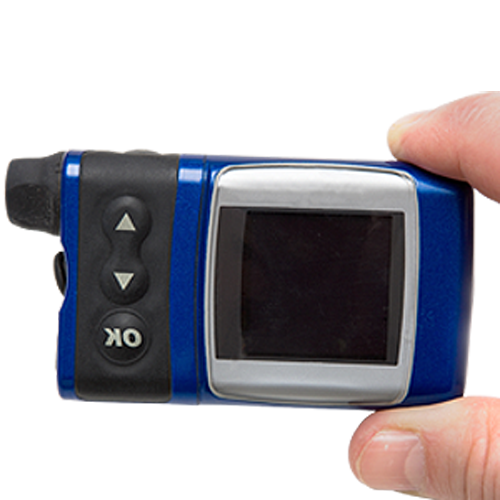The insulin pump is a very interesting option for diabetics who need to inject insulin. What do you know on the subject?
What is an insulin pump?
Since insulin was discovered in 1921, millions of people living with type 1 diabetes have had to learn how to inject this medication under the skin, using syringes or insulin pens, several times a day. Another option that has gained popularity is the use of insulin pumps. These are medical devices that administer insulin by infusion, avoiding the need for the user to inject with a syringe or insulin injector.
Insulin pumps are usually made up of three components:
- a reservoir containing the insulin (some systems use a cartridge instead)
- a pump which pushes the insulin into the user's body
- an infusion set that includes a cannula, a catheter, and tubing
The tubing connects the reservoir to the catheter. The catheter is fitted with a cannula that is inserted under the user's skin and held in place by an adhesive patch for several days.
The catheter can be inserted in the usual sites where insulin is injected (arm, stomach, thigh or upper buttocks). The insulin pump can be worn in several different areas on the body. It can be attached to a belt, pocket, armband or bra. It can also be placed on a surface next to you (while you are sleeping, for example).
Some models are designed to stick directly to the skin. These are called "pods". A pod is a device containing both the reservoir and the motor, directly connected to a cannula, without the need for a catheter or tubing.
Insulin delivery is managed by a device that enables the pump to be controlled remotely, or by an application on a smartphone.
How do these pumps work?
One of the advantages of these devices is that they use a single type of insulin, known as fast-acting insulin. They are programmed to deliver micro-doses of insulin that mimic basal insulin secretion for 24 hours, responding to the body's needs as the pancreas normally would.
Additional doses called “bolus” doses are administered in the event of hyperglycemia or at mealtime or snack time according to carbohydrate intake and blood glucose results. The device is equipped with a screen and various programming buttons that allow you to program the pump and adjust the insulin doses to be administered.
It is important to test blood glucose several times a day to ensure correct insulin dosage and avoid excessively low or high blood glucose levels. Different alarms can be programmed to alert the user to variances or problems depending on the model.
How do you choose an insulin pump?
Several companies manufacture them and offer more than one model. Each model has its own advantages and drawbacks, and it's important to discuss them with the healthcare professional who is helping you manage your diabetes. They will help you analyze the options and choose the one best suited to your needs.
Some models have an integrated (or external) blood glucose meter that wirelessly transmits results directly to the pump. These devices provide continuous monitoring, allowing insulin doses to be adjusted according to blood glucose results, further simplifying insulin therapy management and eliminating the risk of data entry errors. This technology is called a closed-loop insulin delivery system.
In 2011, the Quebec Government set up a universal access program for insulin pumps for people under the age of 18, living with Type I diabetes. The government reimburses the purchase cost of the insulin pump and offers an annual amount for the reimbursement of supplies. Speak to your doctor or to the healthcare professional who monitors your diabetes if you wish to purchase an insulin pump.
What are the advantages of insulin pumps?
Insulin pumps offer a number of advantages for diabetics, they:
- make it easier to transport insulin and injection equipment
- deliver insulin more precisely than syringes and insulin pens
- improve blood glucose control and reduce high variations throughout the day
- reduce the risk of hypoglycemia
- improve diabetes management, and
- improve quality of life
How do you make proper use of insulin pumps?
Although insulin pumps are very practical, they are complex devices. It is important to have a good understanding of how the system works to prevent and resolve potential problems. Training is required to learn how to use the device properly. What’s more, insulin pumps are not suitable for everyone. Ideally, your diabetes should already be under control for some time before using an insulin pump.
Here is some additional advice for people who use an insulin pump.
- Check your device regularly to ensure that everything is in place. The tubing must not be bent. Watch out for leaks or damage.
- Be sure to replace the battery when necessary.
- Make sure you understand how to set up and operate your device.
- Adjust your device's programming according to your activities, diet, and blood glucose fluctuations.
- If you experience frequent or severe episodes of hypoglycemia or hyperglycemia, make sure that the required programming corrections are made without delay.
- Be sure to adjust the volume so that you can hear the alarm signals emitted by your device.
- Contact the healthcare professional responsible for monitoring your diabetes or the manufacturer's support center if necessary.
Don’t hesitate to speak to your pharmacist for additional information about diabetes management.

